Truth Social rocketed. Bitcoin soared in price. The dollar rose and bond yields were up, while Chinese equities wobbled. Over the course of last night, as it became clear that Donald Trump had won the US presidential election, the markets responded to the news. The trouble is, no one really knows what Trump 2.0 means for the global economy.
Investors will have no idea until he forms an administration in January
The initial price moves were very obvious. With the backing of the main crypto tycoons, a Trump White House will be a lot friendlier to digital currencies, although even that had to be kept in perspective. A 7 percent rise in Bitcoin is hardly a massive move for an asset that often moves by huge margins every day. The plan to impose massive tariffs strengthened the dollar, while Chinese companies may suffer from losing access to the American market.
And yet the market moves were surprisingly muted. There is a simple explanation for that. No one, probably including the president-elect himself, has any real idea what a Trump second term will look like. His first term may have been controversial on social issues, but judged on the performance of the economy it was a success. Taxes, and especially the US’s wildly uncompetitive corporate taxes, were cut. There was no bonfire of red tape, but regulations were scaled back. Trade policy was shifted towards protecting the industrial base, and the US moved towards energy independence. The result? The economy grew, and the stock market soared.
Trump 2.0 is far less certain. The president-elect has threatened huge tariffs, although the levels are so unrealistic no one believes they will actually happen. He has threatened to curb the independence on the Federal Reserve, which will unnerve anyone who owns dollars or Treasury bills. Against that, he has brought in libertarian tycoons such as Elon Musk with a commitment to cutting spending and freeing up business. And he has said he will scale back the vast subsidies on chip manufacturing and green energy that had stoked inflation, which will help bring government spending under control.
What kind of Trump will we get? Investors will have no idea until he forms an administration in January, and until it sees who is appointed to key economic posts. In reality, investors will be hoping for a Retro Trump, repeating the moderately pro-business policies of his first term. Until that becomes clear, however, there won’t be any dramatic moves — because no one knows what will happen.
This article was originally published on The Spectator’s UK website.



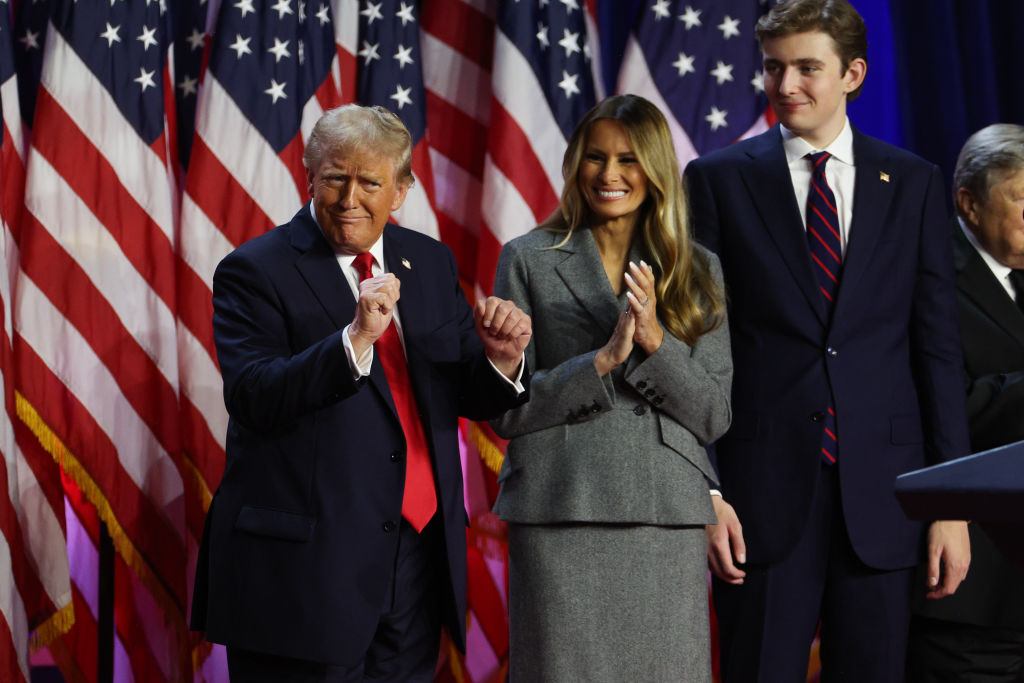








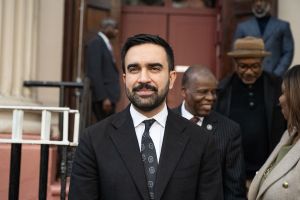
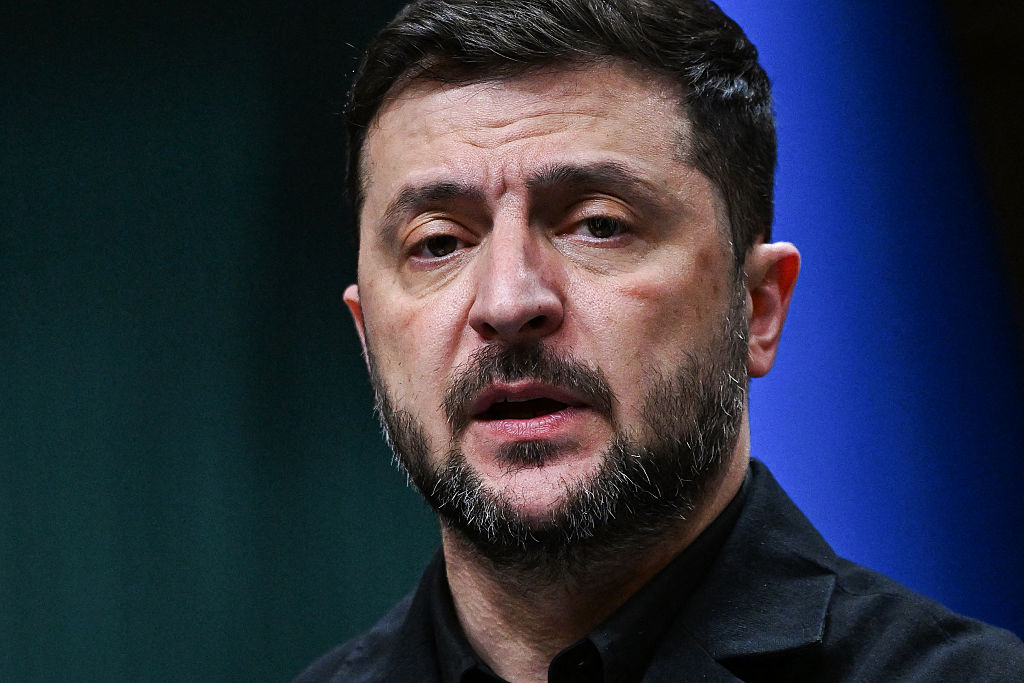
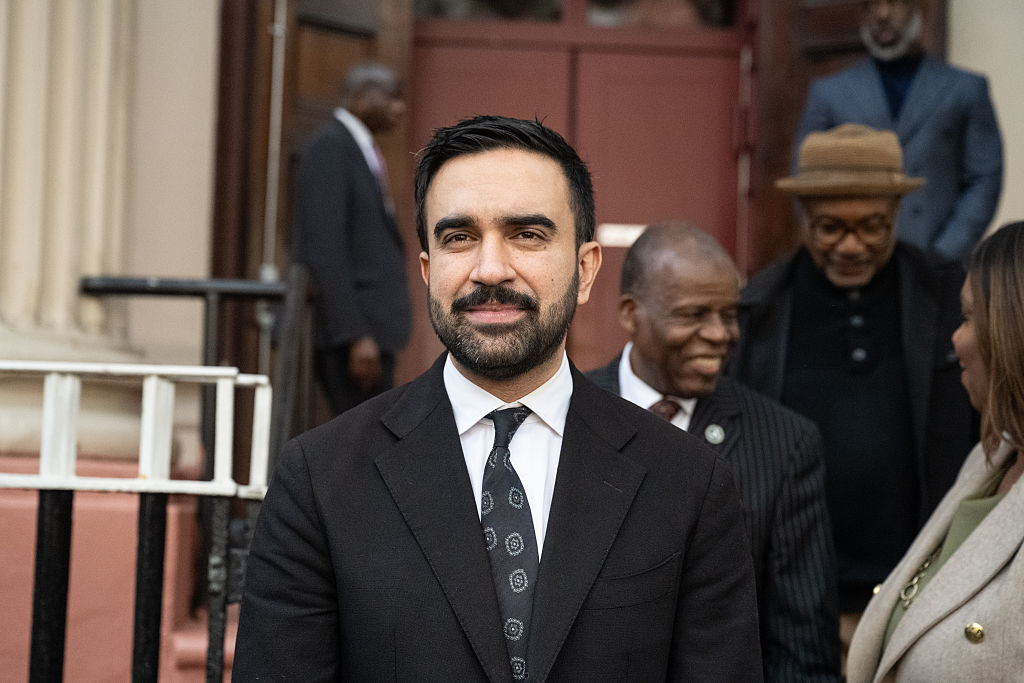
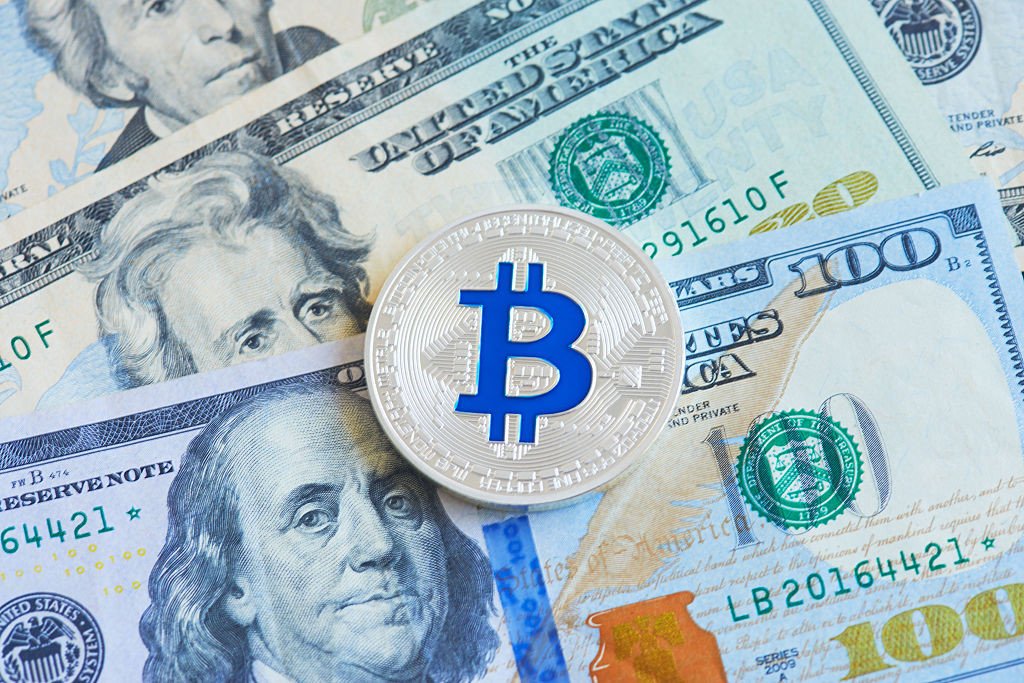
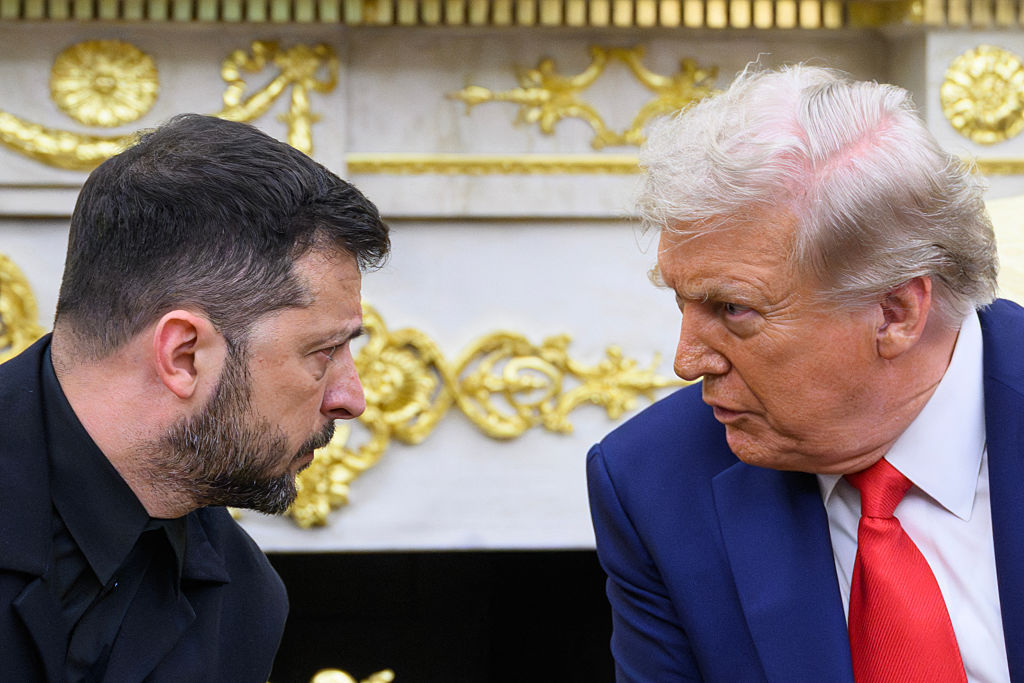

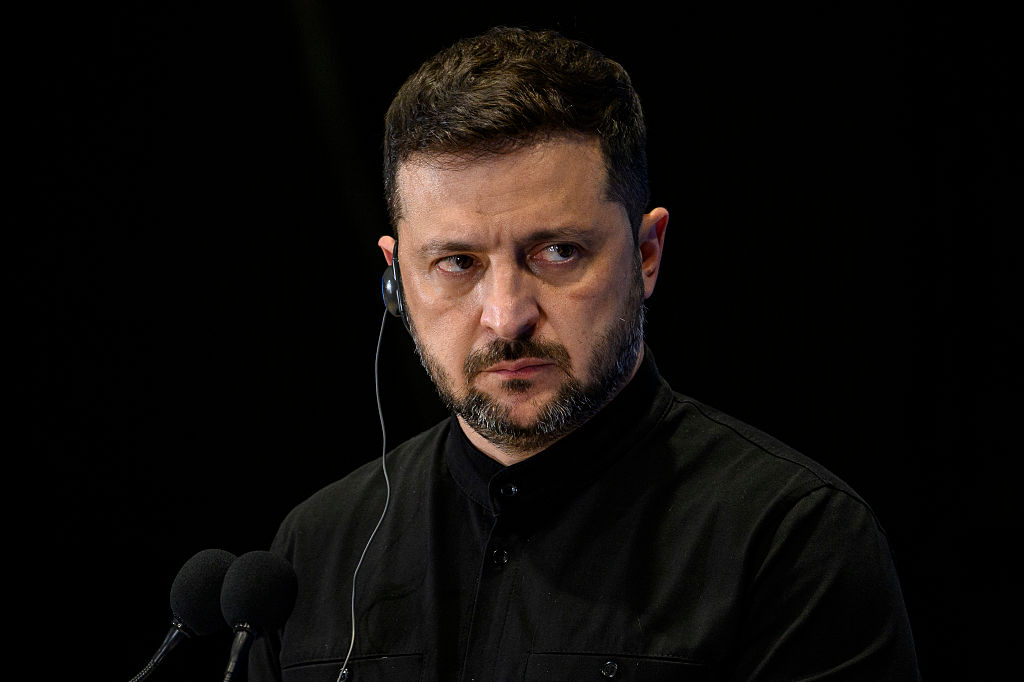







Leave a Reply